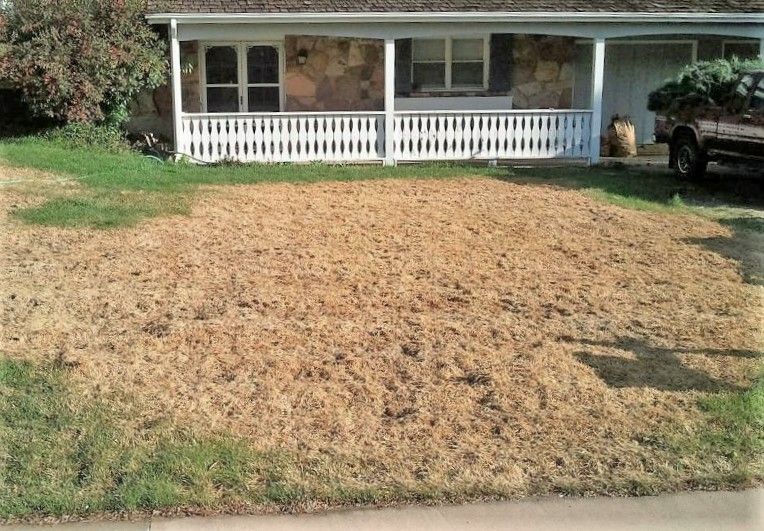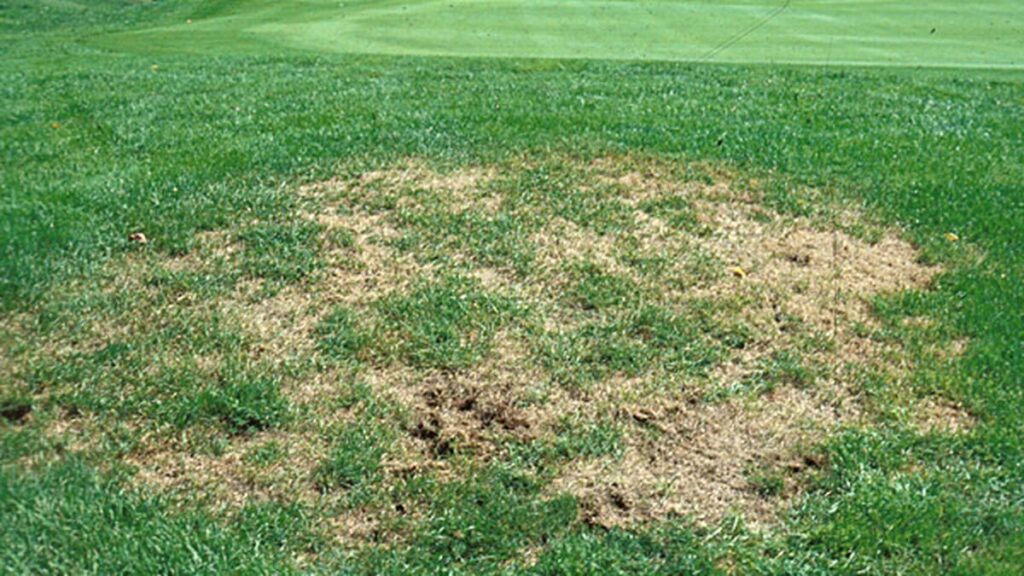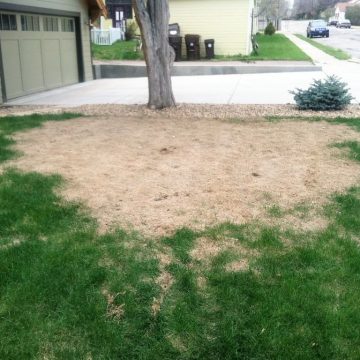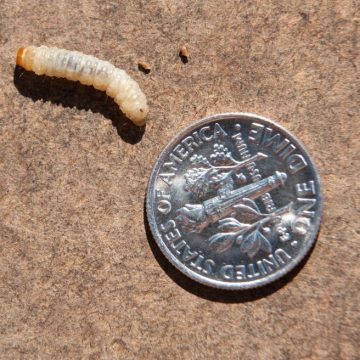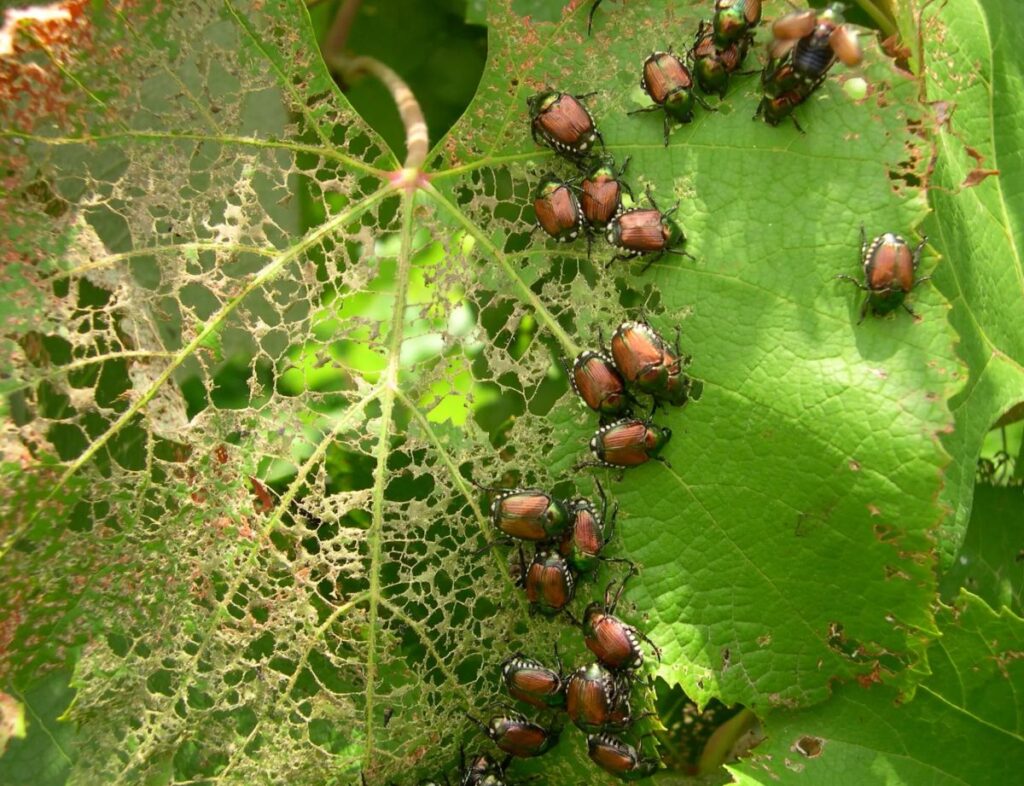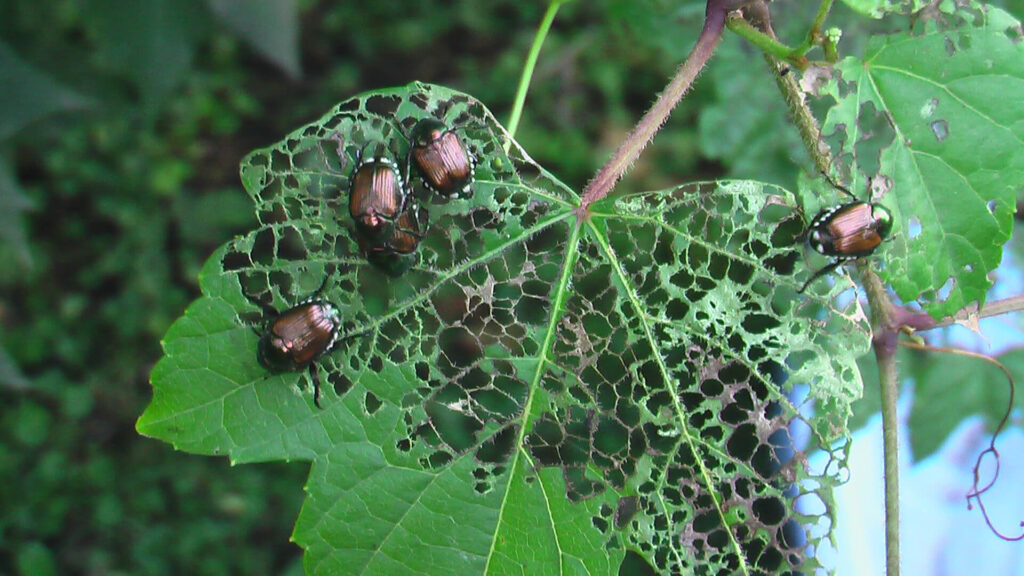LAWN GRUB CONTROL
How Common are White Grubs in Colorado Lawns?
Grubs are Now Very Problematic in Colorado
Grub damage to Colorado lawns typically becomes noticeable in September and October. However, when an infestation occurs, we can trace the problem back to July, when adult beetles lay their eggs in the soil. These adult beetles specifically choose moist or wet soil for egg-laying, as the eggs can become unviable if the soil dries out for as little as 24 to 48 hours.
July and Proper Lawn Watering is The Key to Grub Control
As summer temperatures continue to increase yearly and more lawns are watered with automatic irrigation systems, conditions have become favorable for Japanese beetles to thrive. Here’s how this occurs: Without irrigation, the heat and dryness of a typical Colorado July would cause most lawns to dry up and turn brown.
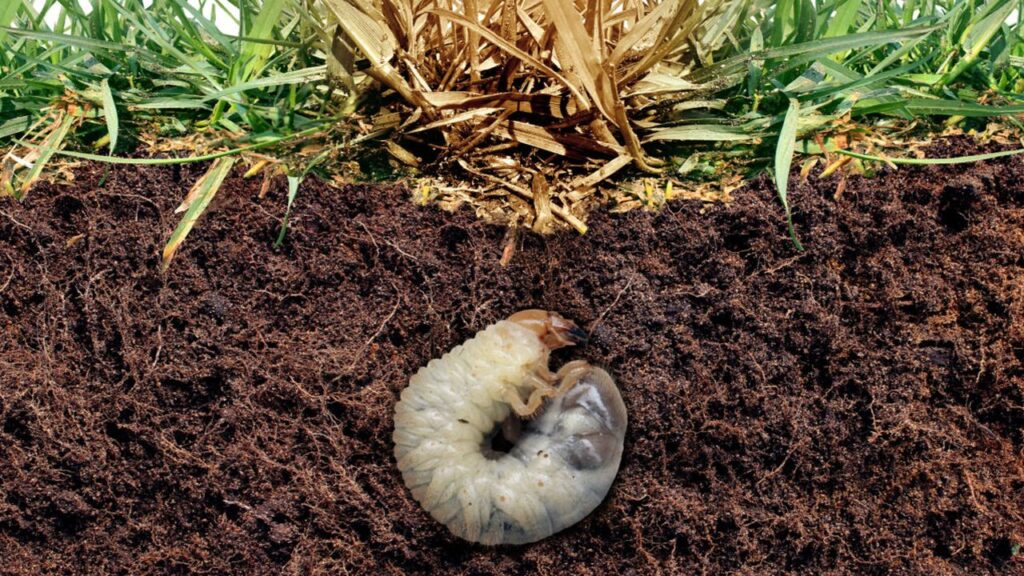
Grubs in the Soil
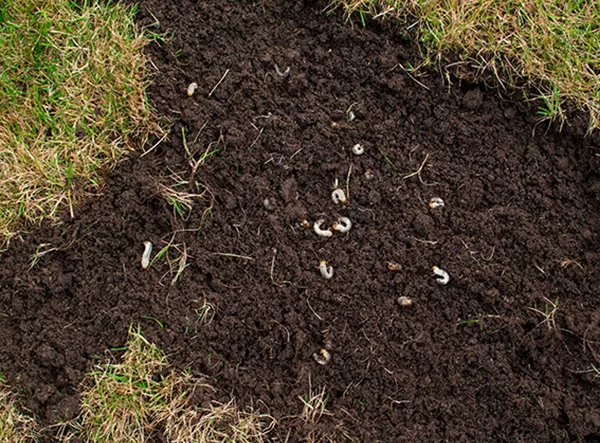
The Lifecycle of Japanese Beetles
JUNE – Adult Beetles Emerge from the Soil & Feed on Ornamental Plants
In late May through early July, adult Japanese beetles emerge from the ground and begin searching for food and mates. These beetles can fly up to one mile and feed on a variety of plants, with their favorites being roses, grapes, and linden trees. Younger scarab beetles are often unnoticed during this time because they do not typically attack ornamental plants.
JULY – Adult Beetles Lay Eggs in Moist Lawns
In July, female beetles lay up to 60 eggs each in the soil over a span of 2–3 weeks. The eggs hatch approximately two weeks later, depending on soil moisture and temperature. During this period, the white grubs are very small and primarily feed on grass roots throughout most of August.
SEPTEMBER & OCTOBER – Grubs Cause the Most Damage to Lawns
From late August through October, depending on external temperatures, the white grubs undergo molting stages, transitioning into second and then third-stage larvae. As they grow, these grubs consume grass roots rapidly, and lawn damage typically becomes noticeable during this time.
NOVEMBER THROUGH MARCH – Grubs Overwinter By Burrowing 3+ Feet Deep
As temperatures drop in autumn, lawn grubs burrow deeper into the soil, where they will overwinter below the frost line.
APRIL – Grubs Return to the Surface and Have a Short Feeding Period
In the spring, usually by late April or early May, the lawn grubs move back up to the shallow soil to feed on grass roots for a brief period. Most of the lawn damage observed in the spring is a result of their feeding in the previous fall, rather than spring feeding.
MAY – Grubs Pupate and Become Adults Beetles
In late spring, the white grubs stop feeding and transform into pupae, entering a stage where they are resistant to chemical insecticides. By late June or early July, the beetles emerge from the pupae and crawl out of the soil, completing their life cycle.
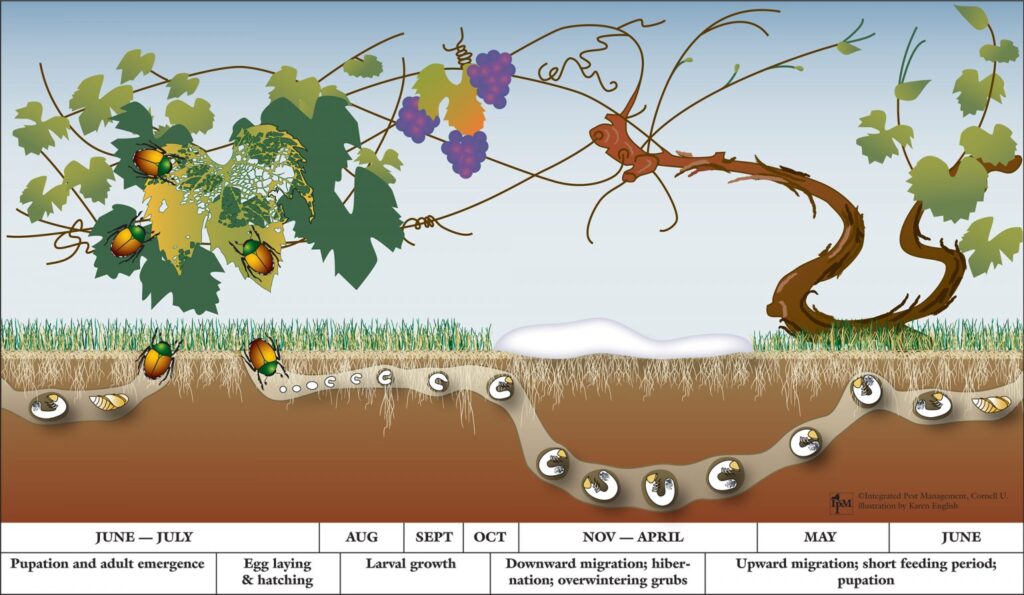
Illustration by K. English, NYS IPM
How to Kill Grub Eggs Using Only Your Sprinkler System
Dry July!
You read that correctly: you can effectively kill grubs by watering your lawn properly. Here’s how it works: grubs lay their eggs in moist soil, and if the soil dries out for even just 24 hours, the eggs will perish and become unviable.
Every-Other-Day Watering is Wrong!
The 1-2-3-2-1 lawn watering technique involves skipping watering on two consecutive days every weed during the month of July. This watering technique is specifically designed to aligns with the time grubs are laying their eggs. This method is based on logical reasoning and scientific principles, and the two consecutive days without watering are essential for reducing grub pressure. When a soil completely dries out this alone can successfully destroy the grub eggs.
Lawn Watering Can Stop Grubs
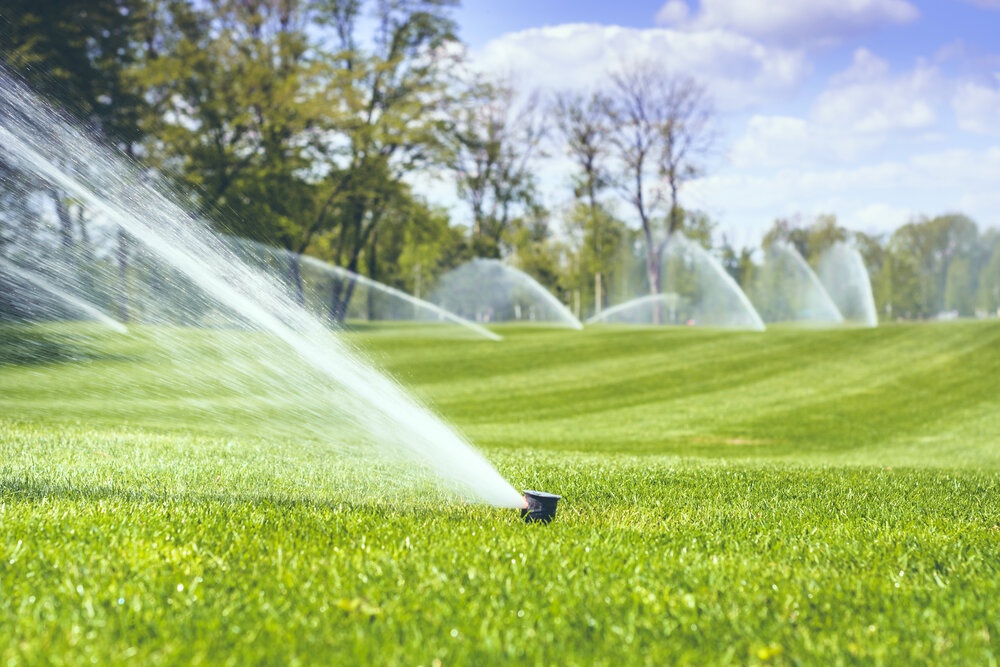
Daily Watering Keeps Grub Eggs Alive
Many homeowners still water their lawns seven days a week, which not only wastes water but also provides ideal conditions for Japanese beetles to lay their eggs. In fact, watering a lawn every other day does not allow enough time for the soil to dry out and can fail to kill off grub eggs.
When Necessary Apply This Insecticide
Due to the rapid increase of grub pressure in Colorado lawns we do suggest a preventative insect treatment of Acelapryn during the month of August. This is a fail safe way to protect your lawn and avoid potential damage. Taking proactive steps can save you from losing significant areas of your lawn to grub infestations.
July is Egg Laying Season
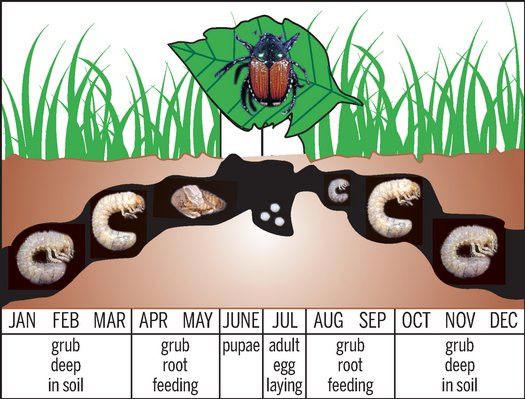
Lawn Grub Control and Prevention
How to Identify Grub Damage in Lawns?
The Pull Test
Identifying the symptoms of lawn grub damage is relatively straightforward, making it easy for even non-professionals to recognize. The simplest method is to examine the affected area of the lawn by gently tugging on the green grass adjacent to the damaged section. If the grass pulls up easily, like a fresh roll of sod, it indicates damage. This is because grubs feed on the grass roots at or just below the soil surface.
Look for Grubs
Once you confirm that grub damage is present and the grass roots have been consumed, carefully sift through the top inch of soil until you find a white grub. If you discover grubs, it’s clear they are responsible for the damage. However, if no grubs are found, the lawn may be experiencing other issues, such as drought stress or damage from spider mites.
Checking for Grubs
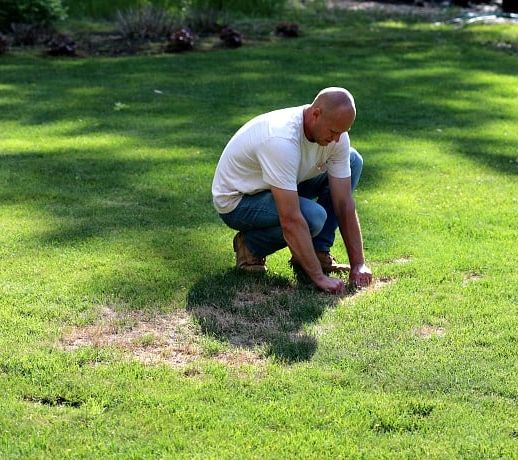
Why do Organically Treated Lawns Rarely Suffer from Grub Damage?
2 Main Reasons
There are two main reasons why lawns treated organically by Organo-Lawn rarely suffer from grub infestations.
We Water a Lawn Correctly
First, Organo-Lawn insists that all its customers should follow a specific watering schedule for their lawns called the 1-2-3-2-1 technique. This watering practice gives the lawn two consecutive days without watering which allows the soil to completely dry out. When the soil is dry the grubs typically do not lay eggs in soils that are not moist or wet.
Beneficial Bacteria Kill Grub Larvae
Second, Organo-Lawn’s lawn care programs are designed to promote healthy soil that supports beneficial bacteria and nematodes. One such beneficial bacterium, Bacillus popillae-Dutky, is particularly effective at killing grub larvae. By building a thriving ecosystem in the soil, Organo-Lawn helps ensure the presence of Bacillus popillae-Dutky, which in turn protects the lawn from grub problems.
Grub Damage to a Lawn
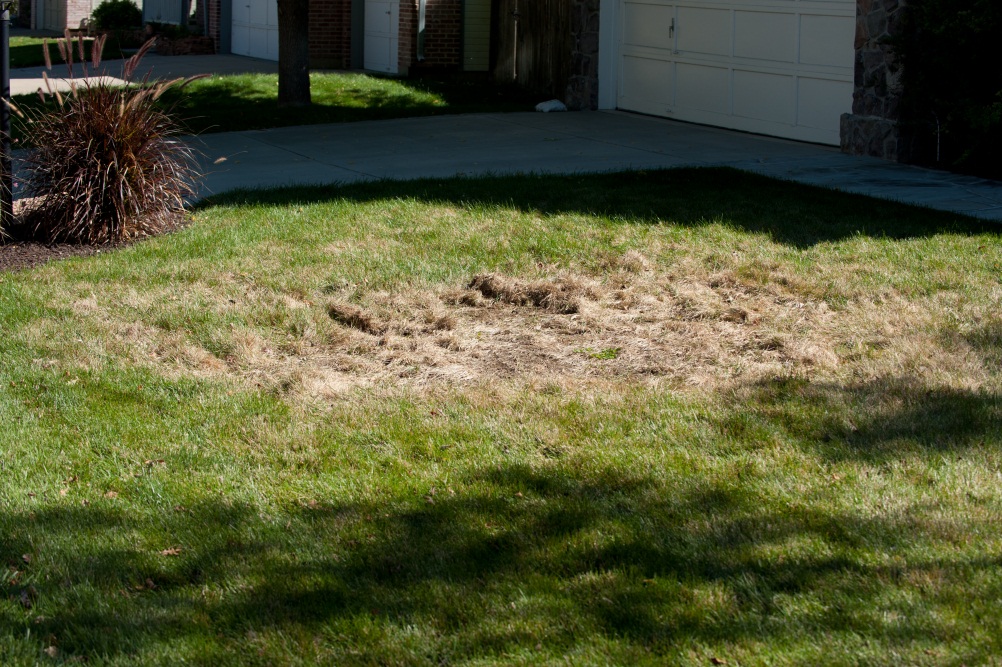
Which Insecticide Do We Recommend to Kill Grubs?
If you are one of the unlucky homeowners and your lawn is damaged by grubs, Organo-Lawn recommends a special insecticide treatment called Acelepryn. This grub control is not organic but it is on the EPA’s reduced risk list.
We Also Recommend a Sprinkler Audit
In addition to the lawn grub treatment of Acelepryn, we always recommend an inspection of the sprinkler system to make sure the lawn is being watered according to the 1-2-3-2-1 lawn watering principals
EPA's Reduced Risk Listed
Acelepryn is on the EPA’s reduced risk list and will control grubs for up to 3 months after the grub treatment has been applied to a lawn.
A Closer Look at Grubs
and the Damage They Can Cause to a Lawn
Early Signs of Grub Damage to a Lawn
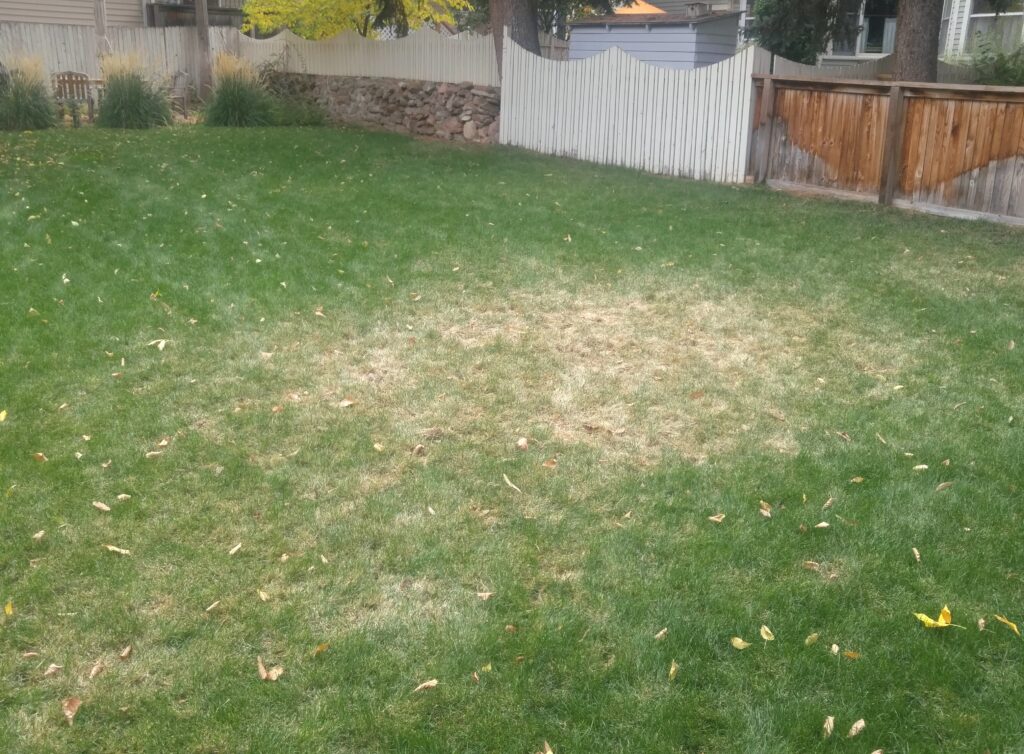
(Click on Image to Enlarge)
Localized Grub Damage to a Lawn
Size of a Cranberry Girdler Grub
White Grub of the Japanese Beetle
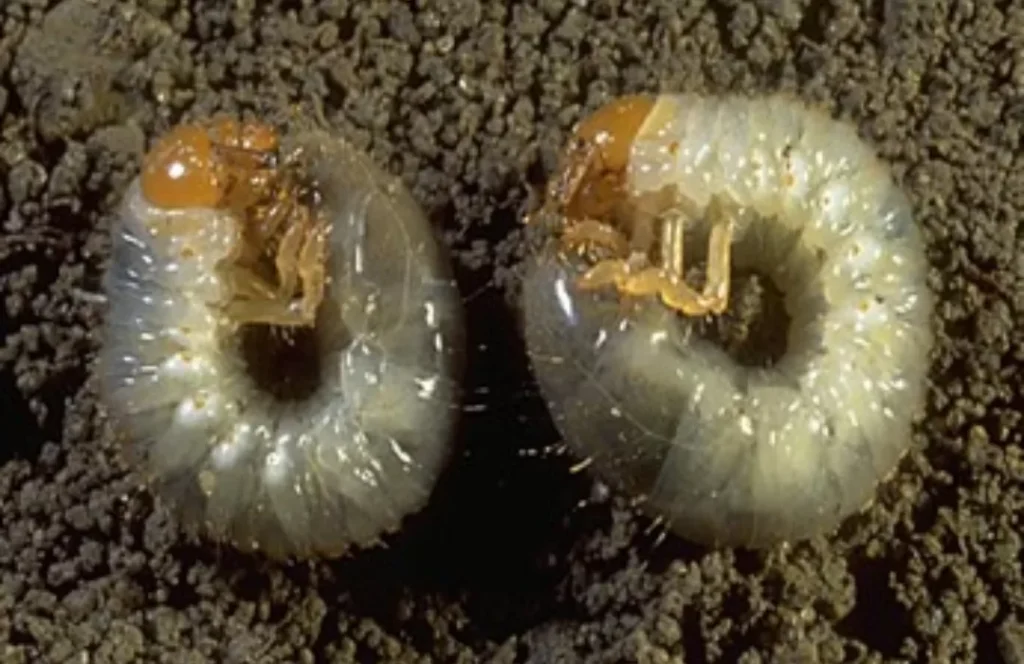
(Click on Image to Enlarge)
Japanese Beetles From Egg to Adult
Japanese Beetle Adult

(Click on Image to Enlarge)
Japanese Beetles Damage on Leaf
Lalguard Treatment for Adult Japanese Beetles on Shrubs, Vines, Roses, Etc.
Which Insecticide Do We Recommend to Adult Beetles?
If you are one of the unlucky homeowners and your vines, shrubs, roses, etc. are experiencing damaged by Japanese Beetles, Organo-Lawn recommends a special insecticide treatment called Lalguard (Neem Oil). This Japanese Beetle control is a biological insecticide meaning it is derived from nature.
Prevent Lawn Damage
In addition to Adult Japanese Beetle treatment, we always recommend an inspection of the sprinkler system to make sure the lawn is being watered according to the 1-2-3-2-1 lawn watering principals
Lalguard M52 OD Insecticide
LALGUARD M52 OD is an effective and versatile bioinsecticide for foliar and soil pest management.
LALGUARD M52 OD (formerly Met52) is an effective and versatile bioinsecticide for foliar and soil pest management.
Lawn Grubs Control Services - FAQs
How to Prevent Lawn Grubs Without Using Chemicals?
Taking control of lawn grubs can be simple and chemical-free by allowing the soil to dry out during July. Japanese beetles lay their eggs in lawns from late June to early July, and these white grub eggs are highly sensitive to a lack of moisture. Just one or two days of dry conditions can effectively kill the grub eggs. By turning off your sprinkler system for about a week in July during the egg laying period, you can eliminate the eggs’ viability. While the lawn may turn brown temporarily, it will bounce back swiftly with three deep waterings over three consecutive days.
Learn the 1-2-3-2-1 Lawn Watering Technique
If you follow the 1-2-3-2-1 lawn watering technique, your lawn will have sufficient time to dry out between watering sessions, further enhancing its resilience. Additionally, remember that grubs can be targeted by beneficial bacteria such as Bacillus thuringiensis and protozoa like Ovavesicula popilliae. By nurturing a living soil rich in microorganisms, you can create an environment that naturally combats these pests. With these strategies, you can maintain a healthy, vibrant lawn while steering clear of harmful chemicals.
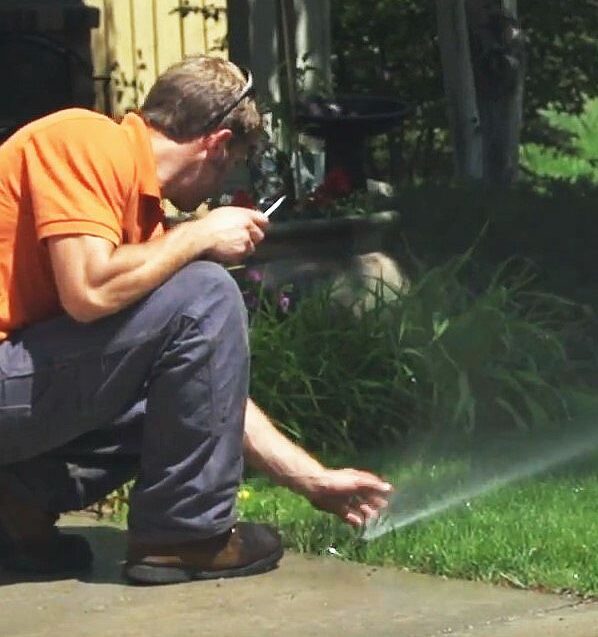
Additional FAQs - Grubs and Lawns
- Grubs are the larval stage of beetles, such as Japanese beetles, June bugs, and chafer beetles. They feed on grassroots, causing turf to weaken, turn brown, and even peel away like loose carpet. Severe infestations can lead to dead patches and attract animals like birds, skunks, and raccoons that dig up the lawn to feed on them.
Grubs thrive in moist soil, which is why overwatering can create the perfect conditions for them to hatch and develop. Allowing the soil to dry out for at least 48 hours between watering cycles disrupts the grub life cycle by making the environment less hospitable for eggs and newly hatched larvae.
The 1-2-3-2-1 watering method is ideal for keeping your lawn healthy while discouraging grub infestations. This technique spaces out watering so that the lawn receives deep, infrequent hydration rather than frequent, shallow watering. The goal is to let the topsoil dry out for 48 hours between watering days, which helps kill grub eggs.
Yes, but recovery depends on the severity:
- Mild damage: Aerate and overseed affected areas to promote regrowth.
- Moderate damage: Apply compost and reseed to restore weakened spots.
- Severe damage: If large areas of turf are dead, sodding or total lawn renovation may be necessary.
Preventative Control
- Proper lawn watering where the lawn is not watered for 2 consecutive days during the month of July which will dehydrate the grub eggs, therefore killing them.
- Chemical treatment like Acelapryn, which can be applied in August to kill grub larvae while they are still young and before damage to the lawn has occurred.
Curative Products
- Chemical treatment like Acelapryn, which is applied after grubs have been discovered in the lawn, which is usually in the fall and/or early spring. This treatment will target and kill active, feeding grubs but must be watered in properly to be effective.
Japanese beetles (Popillia japonica) are invasive pests that damage plants in both their larval (grub) and adult stages. As grubs, they feed on grassroots, causing turf damage. As adults, they skeletonize leaves by eating the tissue between the veins, damaging lawns, gardens, and agricultural crops.
Native to Japan, these beetles were accidentally introduced to North America in the early 1900s. With few natural predators, their populations have spread across the United States, causing significant damage to turfgrass, ornamental plants, and crops.
Japanese beetles feed on over 300 plant species, with favorites including:
- Roses
- Grapes
- Linden trees
- Birch trees
- Crabapple trees
- Beans
- Corn
- Zinnias
- Grubs are active in spring and fall, feeding on grassroots.
- Adult beetles emerge in late June to early July, peaking in mid-summer when they feed on leaves and flowers.
Preventative Treatments
Apply grub control products (like Acelapryn) in April or August to kill the larvae (Grubs) before they cause too much damage to lawns.
Biological Control
Use beneficial nematodes or milky spore disease to target grubs naturally.
Proper Watering
Follow the 1-2-3-2-1 method to allow soil to dry out for 48 hours, disrupting grub development.
Handpicking
Remove beetles by hand in the early morning and drop them into soapy water.
Row Covers
Protect valuable plants with fine mesh netting.
Neem Oil
A natural insecticide (Lalguard) that deters beetles from feeding.
Companion Planting
Plant geraniums, garlic, or chives to repel them.
Traps
Use sparingly, as they may attract more beetles than they catch.
Insecticide Treatments
Liquid Acelapryn is an excellent chemical control and Lalguard is an excellent natural control.
Completely eliminating Japanese beetles is difficult, but integrated pest management (IPM) using cultural (proper lawn watering techniques), biological (milky spore), and chemical methods (if necessary) can reduce their numbers and minimize damage over time.
By understanding the life cycle and control strategies of Japanese beetles, you can better protect your lawn and garden from these destructive pests.
